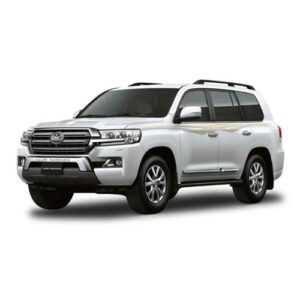An outboard motor is a propulsion system for boats, consisting of a self-contained unit that includes engine, gearbox and propeller or jet drive, designed to be affixed to the outside of the transom. They are the most common motorized method of propelling small watercraft. As well as providing propulsion, outboards provide steering control, as they are designed to pivot over their mountings and thus control the direction of thrust. The skeg also acts as a rudder when the engine is not running. Unlike inboard motors, outboard motors can be easily removed for storage or repairs.
Bolinder’s two-cylinder Trim outboard engine.
A Mercury Marine 50 hp outboard engine, circa 1980s
1979 Evinrude 70 hp outboard, cowling and air silencer removed, exposing its shift/throttle/spark advance linkages, flywheel, and three carburetor
In order to eliminate the chances of hitting bottom with an outboard motor, the motor can be tilted up to an elevated position either electronically or manually. This helps when traveling through shallow waters where there may be debris that could potentially damage the motor as well as the propeller. If the electric motor required to move the pistons which raise or lower the engine is malfunctioning, every outboard motor is equipped with a manual piston release which will allow the operator to drop the motor down to its lowest setting
Large outboards
Large outboards affixed to the transom using clamps and are either tiller steer up to approx 100hp. Generally 100hp plus is linked to controls at the helm. These range from 2-, 3-, and 4-cylinder models generating 15 to 135 horsepower suitable for hulls up to 17 feet (5.2 m) in length to powerful V6 and V8 cylinder blocks rated up to 627 hp (468 kW).,[2] with sufficient power to be used on boats of 37 feet (11 m) or longer.
Portable
Small outboard motors, up to 15 horsepower or so are easily portable. They are affixed to the boat via clamps and thus easily moved from boat to boat. These motors typically use a manual start system, with throttle and gearshift controls mounted on the body of the motor, and a tiller for steering. The smallest of these weigh as little as 12 kilograms (26 lb), have integral fuel tanks, and provide sufficient power to move a small dinghy at around 8 knots (15 km/h; 9.2 mph) This type of motor is typically used:
to power small craft such as jon boats, dinghies, canoes, etc.
to provide auxiliary power for sailboats
for trolling aboard larger craft, as small outboards are typically more efficient at trolling speeds. In this application, the motor is frequently installed on the transom alongside and connected to the primary outboard to enable helm steering. In addition many small motor manufacturers have begun offering variants with power trim/tilt and electric starting functions so that they may be completely controlled remotely.







Reviews
There are no reviews yet.